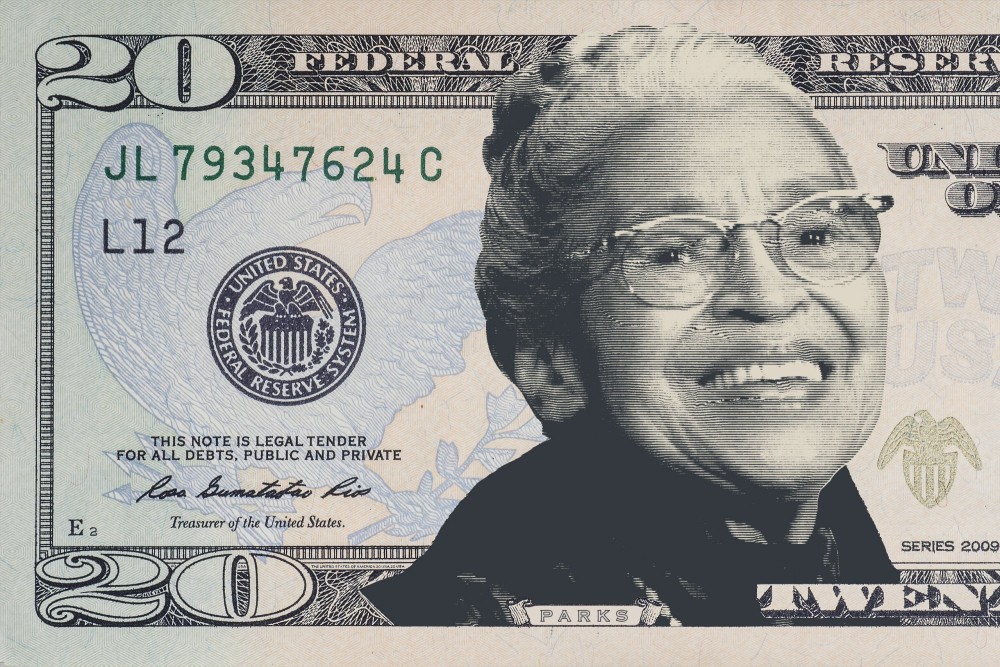By Maria Castellucci
Chicago Tribune.
What’s one thing all the cash in your wallet has in common? The face of an old, white man.
Granted, all of the men who adorn paper currency are historically significant to our nation. George Washington bravely led the troops during the Revolutionary War and was our first president. Abraham Lincoln freed the slaves and kept a crumbling nation united. They deserve such an honor.
Women also have played an important role in our nation’s history, but there are few ways in which we have commemorated them.
That could all change if the Women on 20s campaign gains enough traction. The campaign aims to put a woman from American history on the $20 bill by 2020, replacing President Andrew Jackson.
People can choose from 15 candidates on the website womenon20s.org, including feminist Betty Friedan, abolitionist Sojourner Truth and first lady Eleanor Roosevelt. The women were chosen based on their historical impact and the hardship involved in completing their accomplishments.
Other candidates are Harriet Tubman, who bravely freed some 300 slaves on the Underground Railroad, and Susan B. Anthony, prominent for her courageous fight in the women’s suffrage movement.
This may seem like a snub of Jackson, but supporters of the change argue that his image is tainted by his role in the forced removal of Native Americans from their lands to Oklahoma, known as the Trail of Tears. Also, they say, he preferred coins over paper currency anyway.
The faces on U.S. bills haven’t changed since the 1920s. Considering all the achievements women have made since then, it is time for a woman to get the recognition.
The campaign organizers note that first lady Martha Washington had a short-lived moment in 1886 on a $1 certificate. Susan B. Anthony and Sacagawea, who guided the Lewis and Clark expedition, are on silver dollars, which are in limited circulation and often mistaken for quarters. But a paper note would be a much more powerful, and less forgettable, honor.
Changing the bills would be a relatively easy process. Portrait changes require an order by the secretary of the treasury, not congressional approval.
President Barack Obama expressed support for the idea last year after a young woman sent him a letter asking why there were no women on paper currency.
Step aside, Andrew Jackson. It’s a woman’s turn.














































































































































































































































































































































































